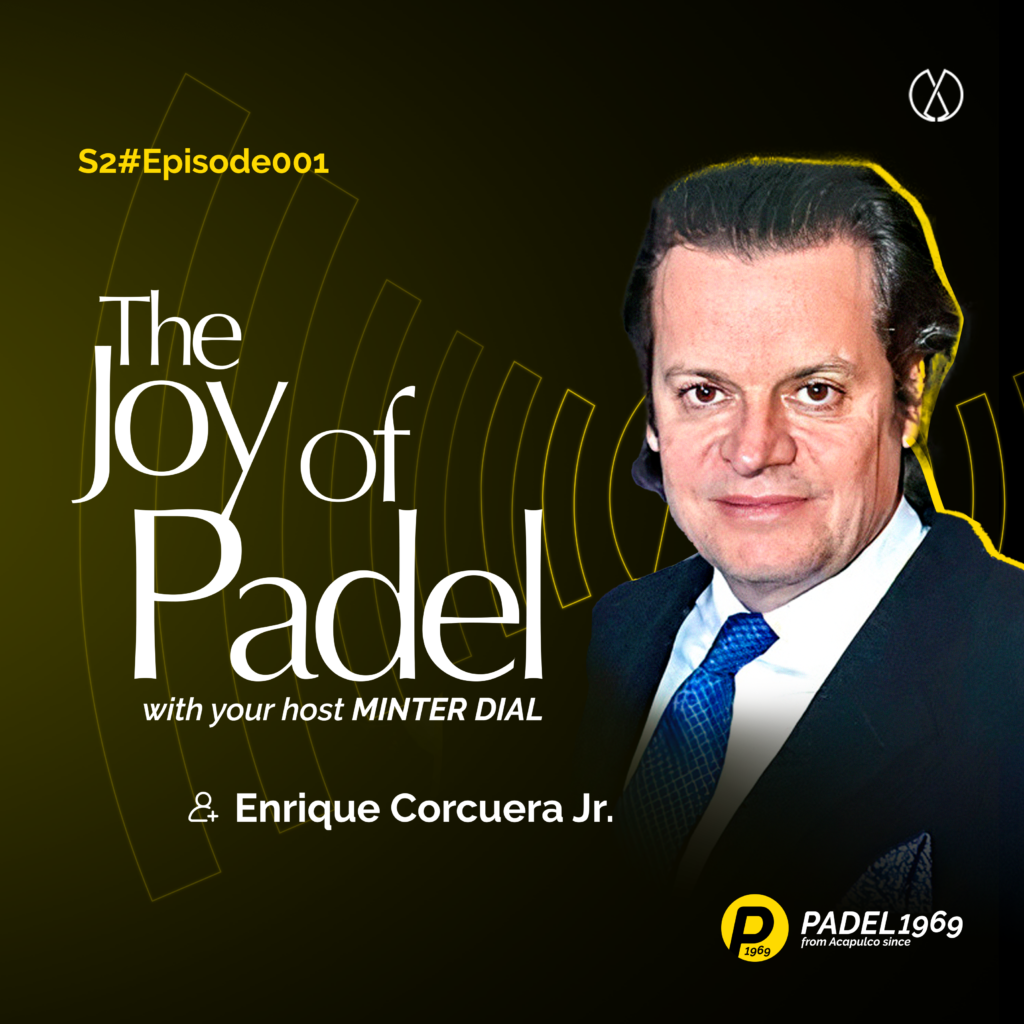Few people can say they grew up playing a sport in their backyard that their father invented, but for Enrique Corcuera Jr., that was just everyday life. In a fascinating conversation on The Joy of Padel podcast, Corcuera Jr. shares intimate details about the birth of one of the world’s fastest-growing sports.
The story of Padel’s creation is more complex than most people realize. While many know that Enrique Corcuera Sr. invented the game in Acapulco in 1969, the real origins stretch back to the 1950s at a sugarcane ranch. It began with experimental games on a frontón court, where Corcuera Sr. played tennis against walls. This early version would eventually evolve into what we now know as Padel, but not before several fascinating iterations and experiments.
One of the most intriguing revelations from the interview is how the rules varied from house to house in the early days of Padel in Acapulco. With about ten courts in Las Brisas, each had its own unique quirks and local rules. Some of these were practical adaptations – in one house, hitting the ball over a particular wall was forbidden to protect the rose garden. In others, the scarcity of tennis balls in 1970s Acapulco led to strict rules about keeping the ball in play.
Corcuera Jr. shares a particularly amusing anecdote about playing with his father before the official rulebook was created. “Before he had the rule book, he used to change the rules at his convenience,” he recalls with a laugh. “When we were playing with him and the famous two-level when it’s a little up or a little down, he decided when it was good or bad because he invented the game.” Like Henry VIII with real tennis, who would argue with the king of Padel?
The story takes an unexpected turn when discussing the game’s patents. While Corcuera Sr. held patents for both the game itself and the glass walls that are now standard in modern courts, he made a remarkable decision. Despite the potential for significant financial gain as the sport exploded in popularity, he chose not to profit from his invention. His priority, according to his son, was seeing the sport grow rather than making money from it.
The interview also delves into the mysterious boom of Padel in Argentina during the 1980s, where the number of courts grew to an astounding 30,000. However, this explosive growth hit an unexpected obstacle that threatened to derail the sport’s progress in the country – but you’ll have to listen to the full episode to hear that story.
Today, Corcuera Jr. continues his family’s legacy through Copa (Corcuera Padel), a brand that brings a classic touch to the modern game. Each product bears his father’s signature and helps tell the story of Padel’s origins, creating a bridge between the backyard game in Acapulco and today’s professional sport.
Looking to the future, Corcuera Jr. sees both opportunities and challenges for Padel, particularly in the United States. He shares some interesting observations about American sports culture and draws parallels between various sports adaptations, offering insights into how Padel might need to position itself differently from other racquet sports to succeed in the American market.
For those curious about getting into Padel, Corcuera Jr. offers an enticing warning: “Try it. Just take one class… in the second hour, you’re going to be hooked.” But he adds crucial details about what makes Padel different from other racquet sports – a distinction that makes it particularly addictive for newcomers.
To hear these stories in full detail, including Corcuera Jr.’s thoughts on the modern professional game and his favorite players to watch, tune in to the complete episode of The Joy of Padel podcast.
Try out PADEL1969‘s Padel rackets and see what difference it makes to play with a premium racket.
Need advice about managing a club or installing a Padel court? Click Here to learn more.
Book a call with us if you want to build a Padel court and don’t know where to start or contact us at [email protected] for more on our advisory services.
PADEL1969 | from Acapulco since 1969.


